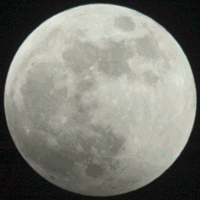A Korean venture start-up claims to have developed an audio sequence that can communicate with addicted game players below the conscious level. The company wants game manufacturers to play the embedded subliminal messages when a young user has kept playing after a preset period of time.
From The Korea Times article:
“We incorporated messages into an acoustic sound wave telling gamers to stop playing. The messages are told 10,000 to 20,000 times per second,” Xtive President Yun Yun-hae said.
“Game users can’t recognize the sounds. But their subconscious is aware of them and the chances are high they will quit playing,” the 35-year-old Yun said. “Tests tell us the sounds work.”
Any scholarly evidence I’ve ever read up on has indicated that subliminal messages don’t work, but apparently marketing such messages is big business.
Xtive applied for a domestic patent for the phonogram and is looking to take advantage of the technology in other sectors.
“We can easily change the messages. In this sense, the potential for this technology is exponential,” Yun said.

